The allure of exotic pets—from vibrant reptiles to rare primates—continues to captivate pet enthusiasts worldwide. While the pet trade has increasingly shifted toward captive breeding rather than wild collection, this practice isn’t the conservation solution many assume it to be. Despite claims that purchasing captive-bred exotic animals eliminates conservation concerns, the reality is far more complex. These animals, even when born in captivity for generations, can still pose significant threats to wild populations and ecosystems when their popularity as pets grows. This article explores why captive breeding of exotic pets doesn’t always align with conservation goals, and how even animals that have never seen their natural habitat can impact the fate of their wild counterparts.
The False Security of “Captive-Bred” Labels
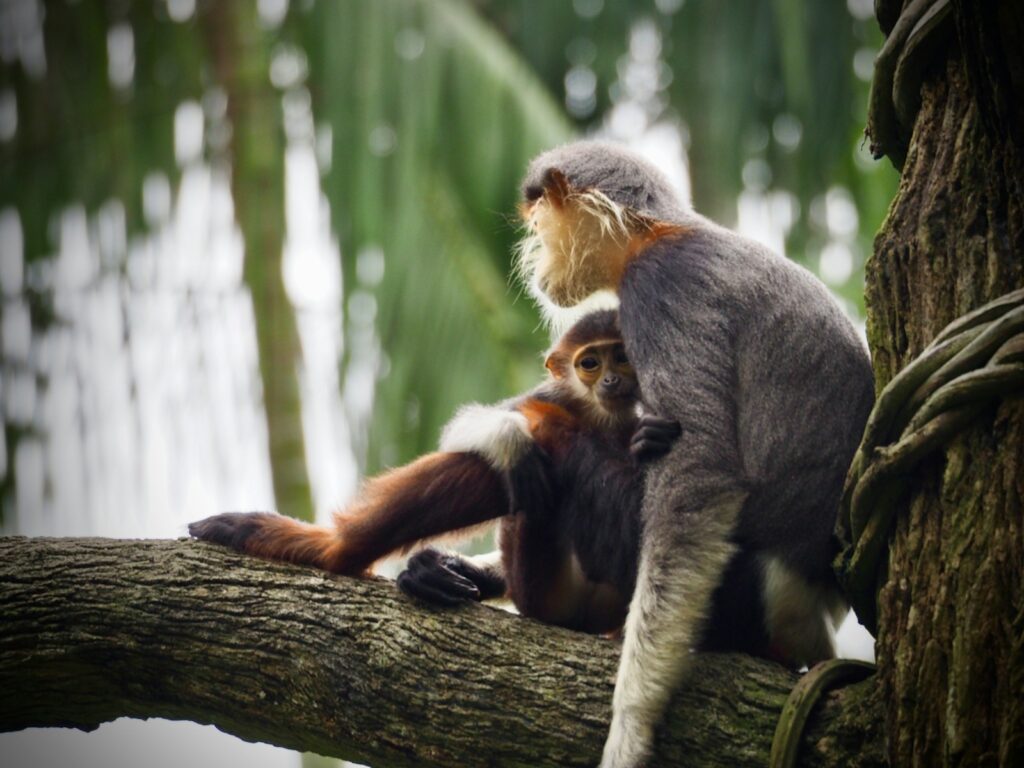
The term “captive-bred” often creates a false sense of environmental responsibility among exotic pet buyers who believe they’re making an ethical choice. While it’s true that purchasing an animal bred in captivity doesn’t directly remove an individual from the wild, this label can mask deeper conservation issues. Many sellers fraudulently label wild-caught animals as captive-bred to fetch higher prices and avoid legal restrictions. Even legitimate captive breeding operations frequently supplement their stock with wild-caught specimens to prevent genetic bottlenecks, especially when breeding rare species. This systematic laundering of wild animals through breeding facilities creates a persistent drain on wild populations that’s difficult for authorities to detect and regulate.
Stimulating Demand for Wild Specimens
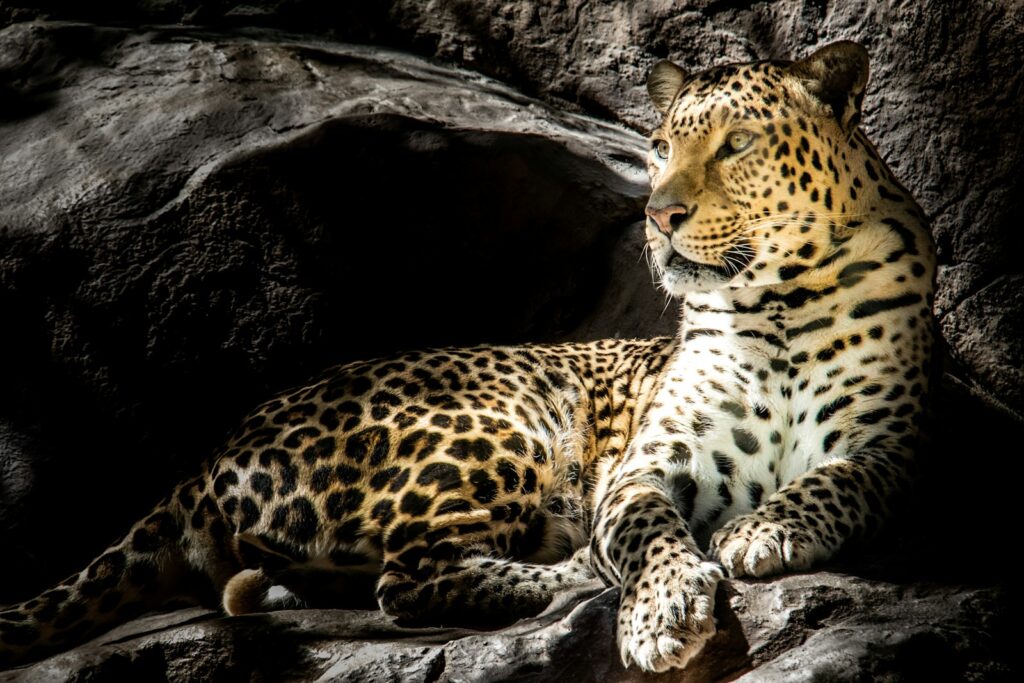
Captive breeding programs, particularly for newly popular species, can paradoxically increase pressure on wild populations rather than relieve it. When captive-bred exotic animals become trendy in the pet trade, demand often outpaces what legitimate breeders can supply, creating lucrative opportunities for wildlife traffickers. This economic incentive drives poachers to target wild populations, especially when consumers can’t distinguish between captive-bred and wild-caught individuals. The green python market demonstrates this problem perfectly—despite decades of captive breeding, wild collection continues because collectors prize certain locality-specific traits that aren’t consistently reproduced in captivity. The visibility of exotic species in the pet trade essentially acts as advertising, stimulating desire for the “authentic” wild-caught version.
Genetic Contamination Through Escapes and Releases
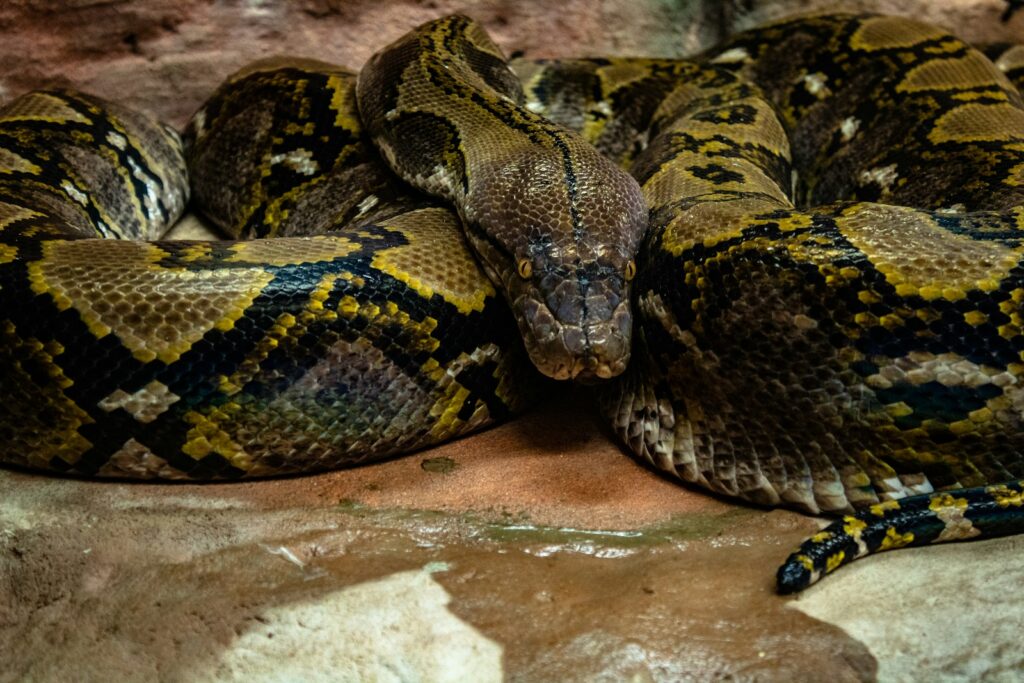
Captive-bred exotic pets, when released or escaped into non-native environments, can introduce foreign genetic material into wild populations of related species. Unlike animals in accredited zoos, the pet industry breeding rarely maintains genetic records or manages breeding to preserve geographic distinctions important for conservation. Hybridization between escaped pets and native wildlife can dilute the gene pool of wild populations, potentially reducing their adaptive capacity and threatening their evolutionary trajectory. In Florida, escaped pet Burmese pythons have established breeding populations that now compete with American alligators at the top of the food chain, fundamentally altering the Everglades ecosystem. These genetic contamination issues can persist long after the initial release, creating conservation challenges that span generations.
Disease Transmission Risks

The captive breeding of exotic pets creates significant disease transmission pathways that can devastate wild populations. Captive environments often house species that would never encounter each other in the wild, allowing pathogens to jump between unrelated hosts and potentially evolve into more virulent forms. When these animals escape or are released, they can introduce novel diseases to wild populations with no immunity. The chytrid fungus crisis affecting amphibians globally illustrates this danger—research suggests the pet trade helped spread this pathogen, which has driven numerous frog species to extinction. Even when captive-bred animals remain in human care, the disposal of their waste, bedding, and water into local environments can transmit pathogens to native wildlife without direct contact.
Resource Diversion from True Conservation Breeding

The exotic pet industry often co-opts conservation language to market captive-bred animals, creating confusion about what genuine conservation breeding entails. Unlike scientifically managed conservation breeding programs run by accredited zoos and conservation organizations, pet industry breeding prioritizes traits appealing to owners rather than genetic diversity or reintroduction potential. This misappropriation of conservation messaging diverts resources and public attention from legitimate efforts to save endangered species. When pet breeders claim conservation credentials, it becomes harder for consumers to distinguish between programs that genuinely contribute to species preservation and those serving purely commercial interests. Additionally, some endangered species recovery programs have been undermined when private breeders acquired founder stock but failed to participate in coordinated conservation planning.
The Environmental Footprint of Exotic Pet Breeding
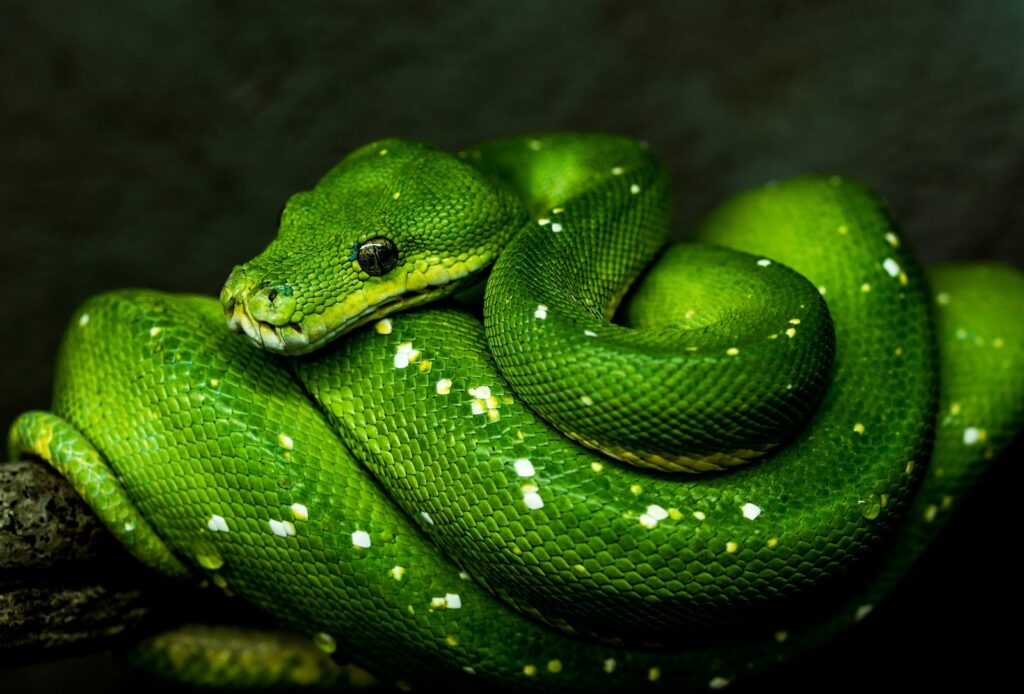
The captive breeding of exotic pets creates environmental impacts beyond the animals themselves. Many exotic species require specialized diets that contribute to resource depletion, such as the harvesting of wild insects for reptile food or fishing for aquarium species’ diets. Heating and lighting requirements for tropical species contribute to energy consumption and associated carbon emissions, particularly in temperate regions where artificial habitats must be maintained year-round. The infrastructure of breeding facilities often involves land conversion and water usage that affect local ecosystems, especially in operations housing multiple species with diverse environmental needs. These ecological footprints accumulate across thousands of breeding operations worldwide, creating environmental costs that aren’t reflected in the purchase price of captive-bred exotic pets.
Undermining International Conservation Agreements
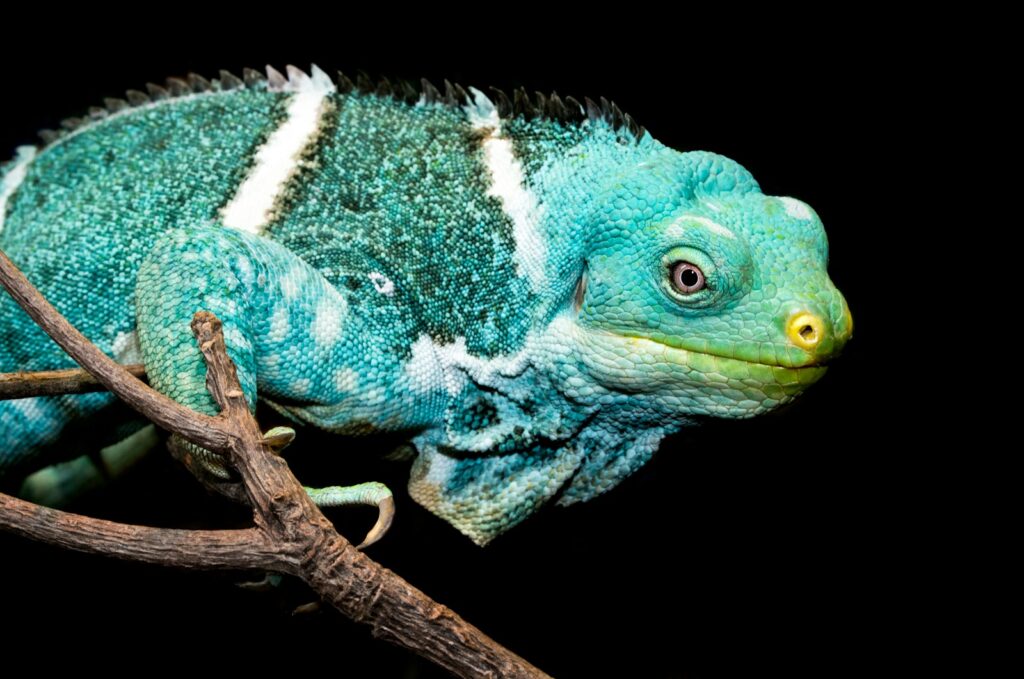
Captive breeding of exotic species can undermine international conservation frameworks designed to protect vulnerable wildlife. The Convention on International Trade in Endangered Species (CITES) allows limited trade in captive-bred specimens of protected species, creating enforcement challenges as authorities struggle to verify breeding claims. This regulatory loophole enables wildlife traffickers to launder poached animals through legitimate-appearing breeding operations, particularly in countries with limited monitoring capacity. The legal trade in captive-bred specimens also complicates enforcement by normalizing the possession of protected species, making it harder for authorities to identify illegal specimens. Recent studies suggest that for some CITES-listed reptiles, the volume of captive-bred specimens in trade exceeds what registered breeding facilities could reasonably produce, indicating widespread laundering of wild-caught animals.
The Selective Breeding Problem

Captive breeding for the pet trade typically selects for traits that appeal to human preferences rather than those that would benefit species in the wild. This selective breeding often produces animals with colorations, patterns, and morphologies that would be maladaptive in natural settings, such as albino pythons or “designer” reptiles with reduced melanin. Over generations, these selection pressures create captive populations genetically distinct from their wild counterparts, rendering them increasingly unsuitable for conservation purposes or potential reintroduction. Some morphs popular in the pet trade carry genetic disorders that affect quality of life, such as the “spider” morph in ball pythons, which suffers from neurological issues but remains popular for its distinctive patterning. This genetic divergence means that even well-established captive breeding programs may contribute little to the conservation of species as they exist in nature.
Welfare Concerns That Impact Conservation

The welfare conditions in exotic pet breeding operations frequently fall short of standards necessary for healthy animals, which indirectly affects conservation outcomes. High mortality rates in captive breeding facilities can drive continued collection from the wild to replace breeding stock, creating ongoing pressure on natural populations. Stress from improper housing conditions can suppress normal reproductive behaviors, leading breeders to use more invasive techniques or hormonal manipulations that further distance captive breeding from natural processes. Poor welfare conditions also increase disease susceptibility, potentially creating reservoirs of pathogens that could threaten wild populations if transmission occurs. Even when animals survive, the physiological and psychological impacts of substandard care can produce behavioral abnormalities that would be passed to offspring, further distinguishing captive populations from their wild counterparts.
The Problem of Abandoned Exotics
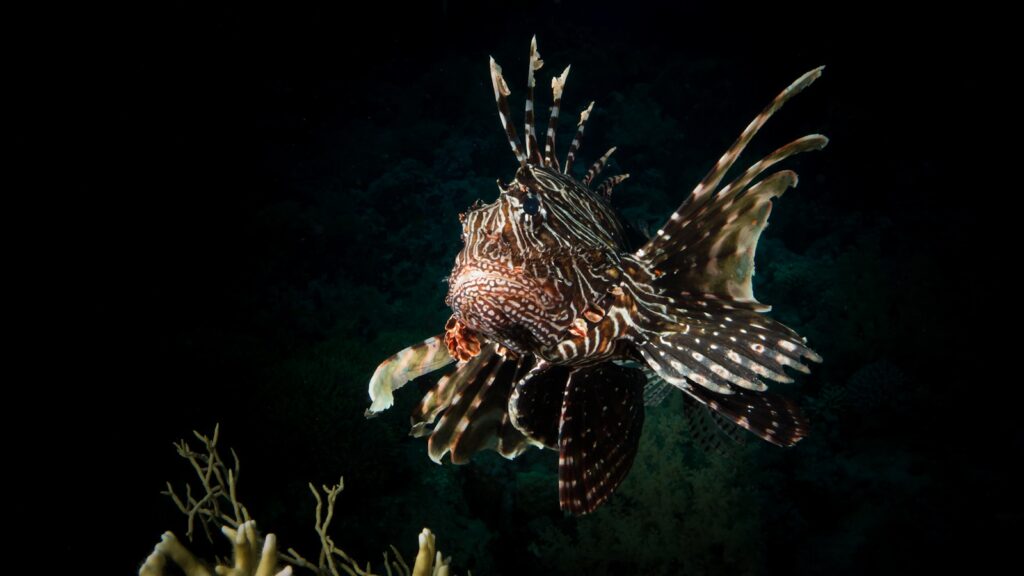
The abandonment crisis for exotic pets creates significant conservation challenges, even for captive-bred animals. When exotic pets grow too large, live longer than expected, or become too costly to maintain, owners frequently release them into the environment, creating potential invasive species. Unlike domesticated pets, exotic animals often possess traits that help them survive in the wild, including efficient predation skills and high reproductive rates. The lionfish invasion of Atlantic coastal waters illustrates this problem—these popular aquarium fish, originally from the Indo-Pacific, now devastate native fish populations throughout the Caribbean after aquarium releases. Even captive-bred animals born generations removed from the wild retain the biological adaptations that can make them successful invaders when released, creating ecological disruptions that divert conservation resources from protecting native species.
False Narratives About Conservation Value
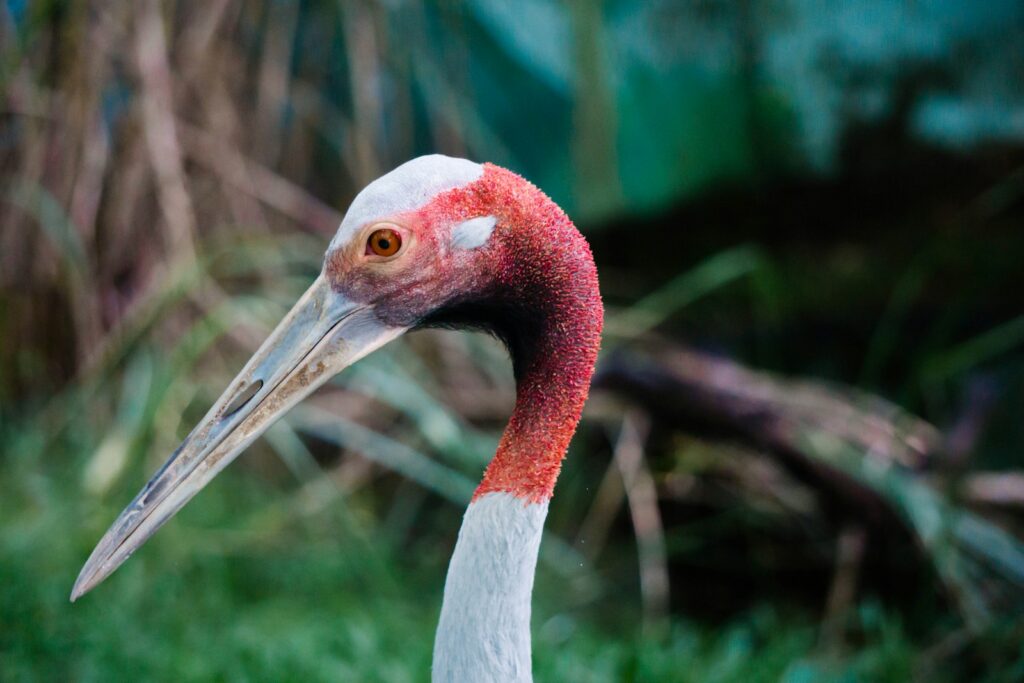
The exotic pet industry frequently promotes narratives about the conservation value of keeping captive-bred species that don’t withstand scientific scrutiny. Claims that private breeding “preserves” species in case of extinction rarely acknowledge that most pet breeding lacks the genetic management, record-keeping, and coordination necessary for legitimate conservation programs. Without organized breeding protocols to maintain genetic diversity, private collections typically produce inbred lineages unsuitable for reintroduction or long-term species preservation. The assertion that exposure to exotic pets creates conservation awareness also lacks empirical support—studies suggest that presenting wildlife as pets may actually decrease public perception of their conservation needs by normalizing their captivity. These misleading narratives divert attention from more effective conservation strategies while providing ethical cover for an industry that often works against conservation goals.
Regulatory Challenges and Enforcement Gaps
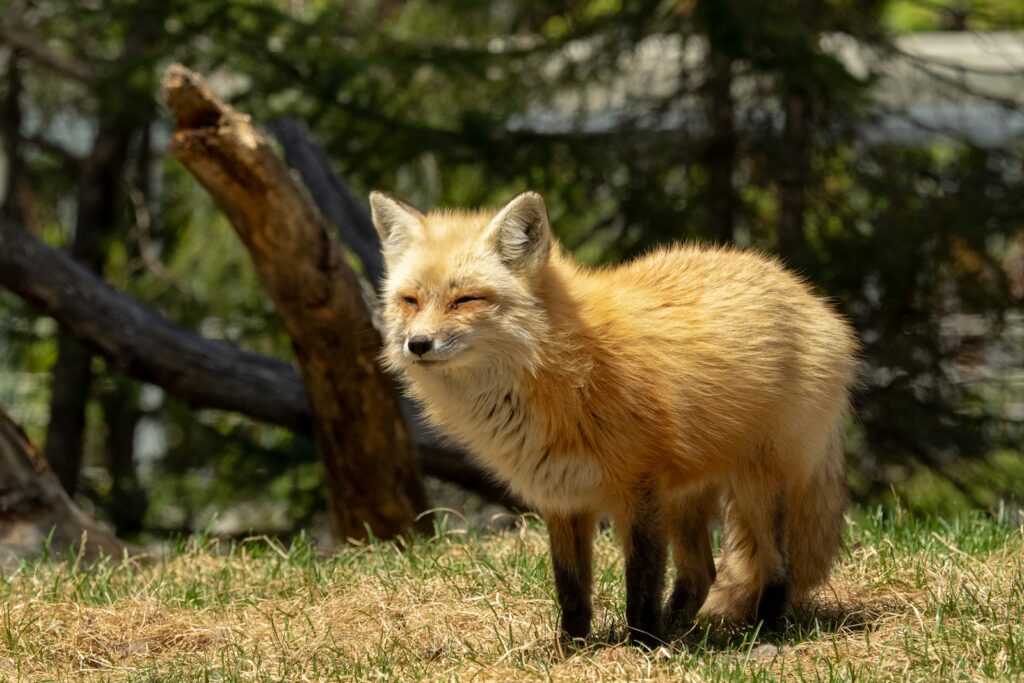
Even when regulations exist to ensure captive breeding supports rather than undermines conservation, enforcement challenges create significant gaps. Most jurisdictions lack the resources to verify captive breeding claims or monitor compliance with breeding regulations, allowing wildlife trafficking to continue under the guise of legitimate captive breeding. DNA testing could verify parentage claims, but remains too expensive for routine use by enforcement agencies dealing with thousands of specimens annually. The decentralized nature of exotic pet breeding, often occurring in private homes across multiple jurisdictions, further complicates oversight compared to larger commercial operations. Recent investigations have revealed that even in countries with strong wildlife protection laws, captive breeding permits are regularly abused to launder wild-caught animals into the legal trade, demonstrating the persistent regulatory challenges even when legal frameworks exist.
Sustainable Solutions and Future Directions
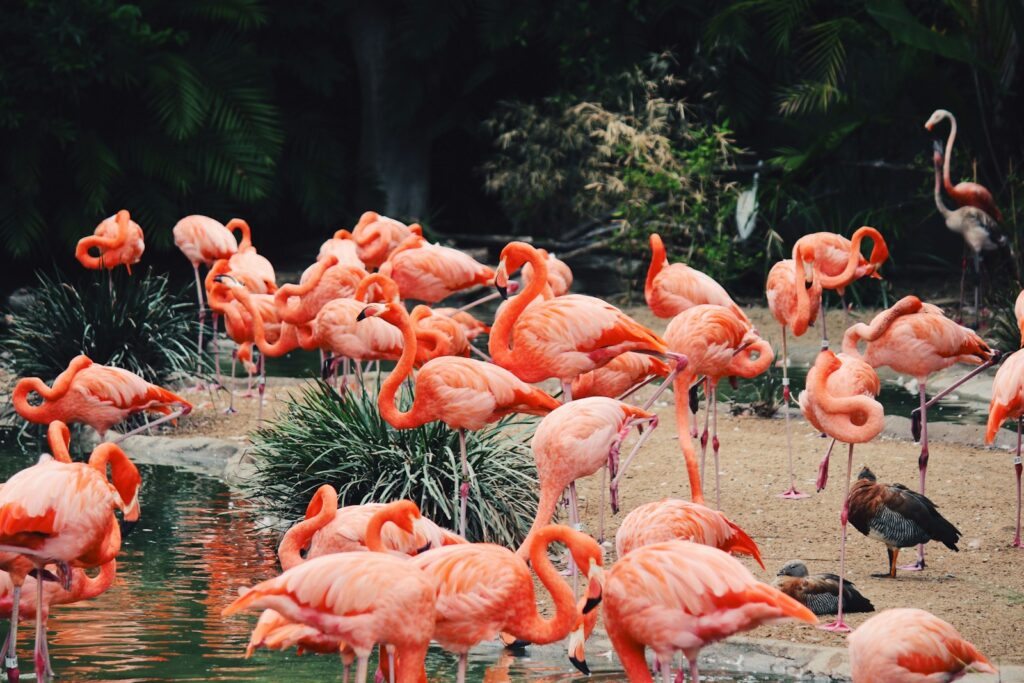
Addressing the conservation challenges posed by captive-bred exotic pets requires a multifaceted approach that acknowledges the legitimate interests of pet keepers while prioritizing biodiversity protection. Certification systems that independently verify breeding claims and welfare standards could help consumers distinguish truly responsible breeders from those exploiting conservation loopholes. Greater collaboration between the pet industry and conservation organizations could establish breeding protocols that maintain genetic diversity and potentially contribute to conservation programs when appropriate. Education initiatives targeting exotic pet owners about the ecological impacts of releases and the importance of proper containment represent another critical strategy. Technologies like microchipping and DNA registration of breeding stock would improve traceability throughout the supply chain, making it harder to launder wild-caught animals as captive-bred.
Conclusion
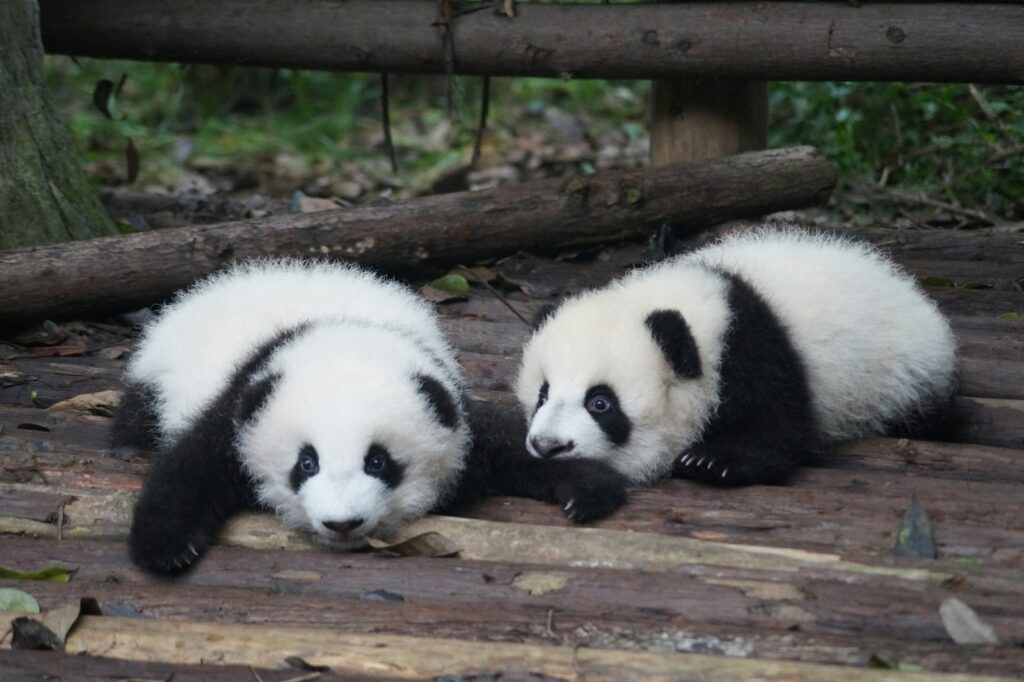
The exotic pet trade’s shift toward captive breeding represents progress, but hasn’t resolved fundamental tensions with conservation goals. Even animals bred in captivity for generations can drive wildlife trafficking, spread diseases, establish invasive populations, and undermine conservation messaging. Creating a truly sustainable exotic pet industry requires stronger regulation, improved transparency, and consumer education about the complex relationship between pet ownership and conservation. While responsible captive breeding can reduce pressure on wild populations for some species, the conservation impact of exotic pet keeping remains largely negative for many vulnerable species. Recognizing these challenges is essential for developing policies that protect biodiversity while accommodating the human desire to connect with animals.


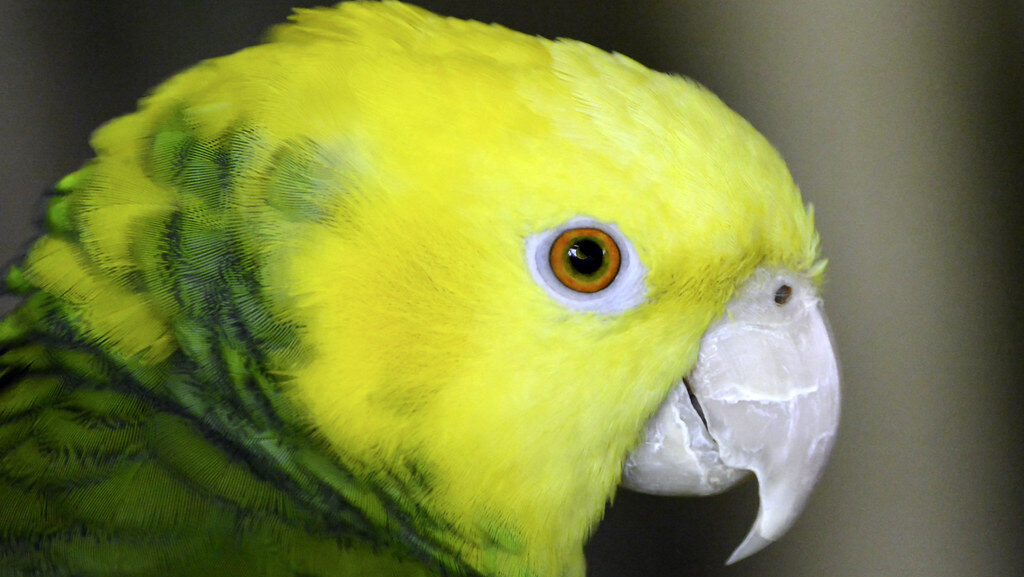
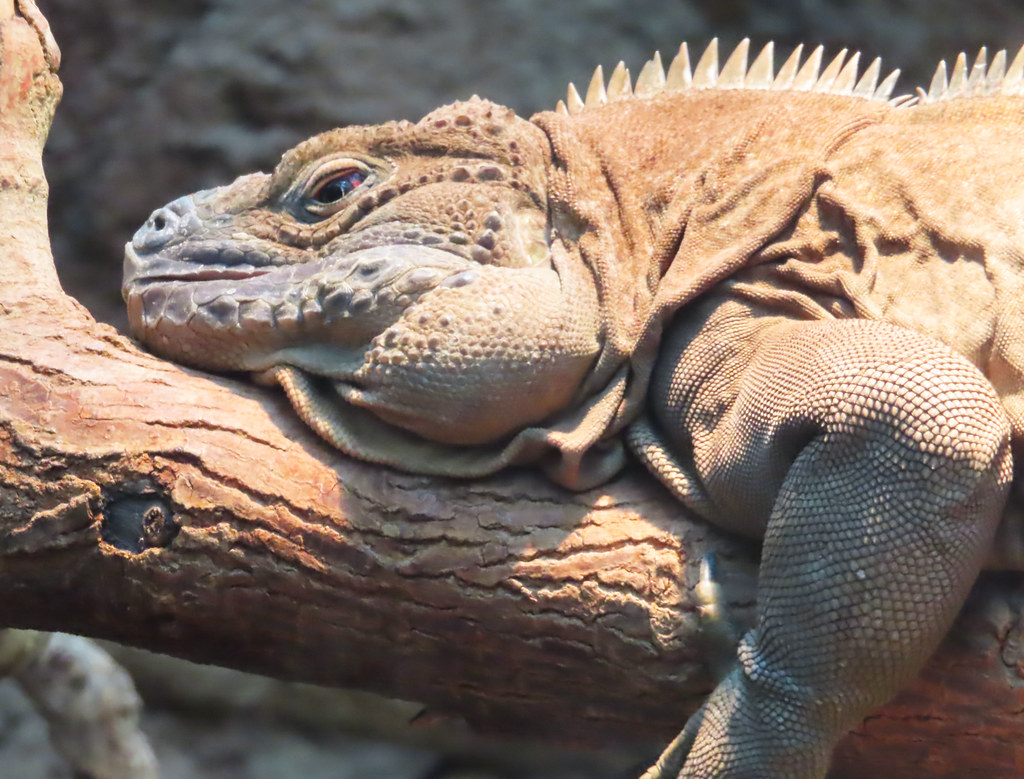
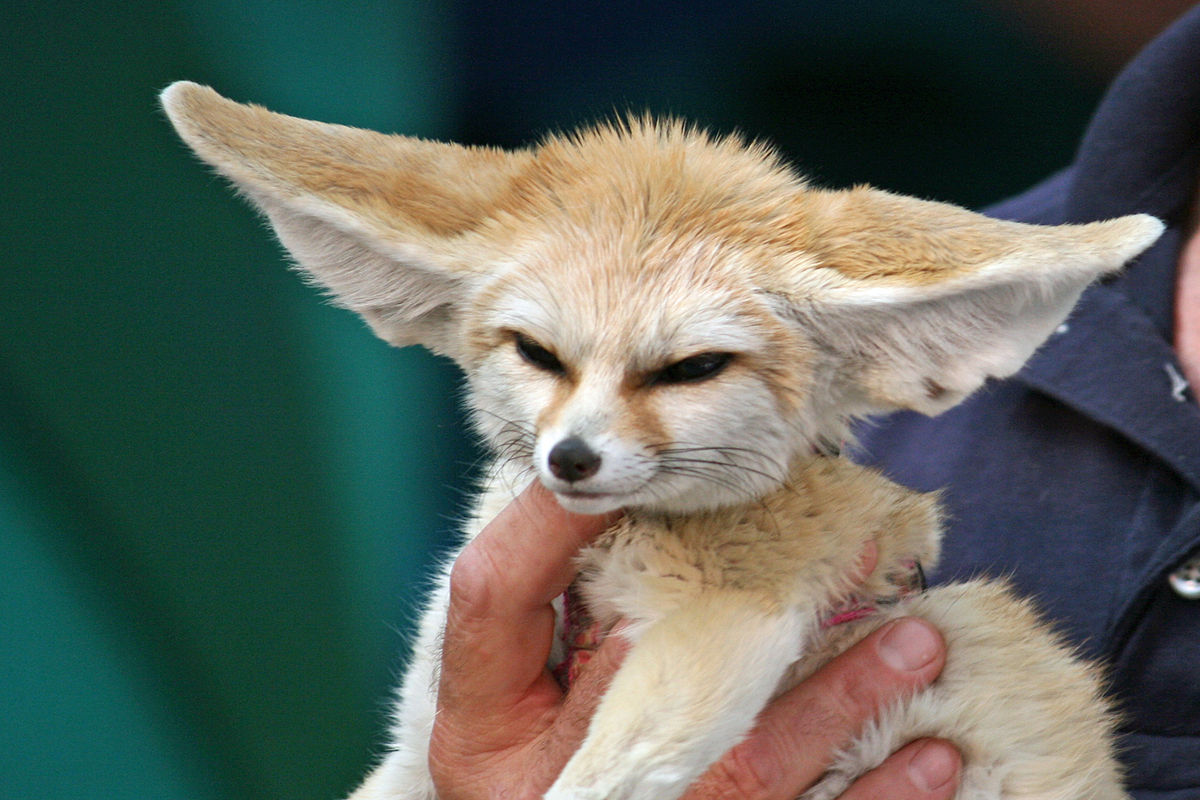
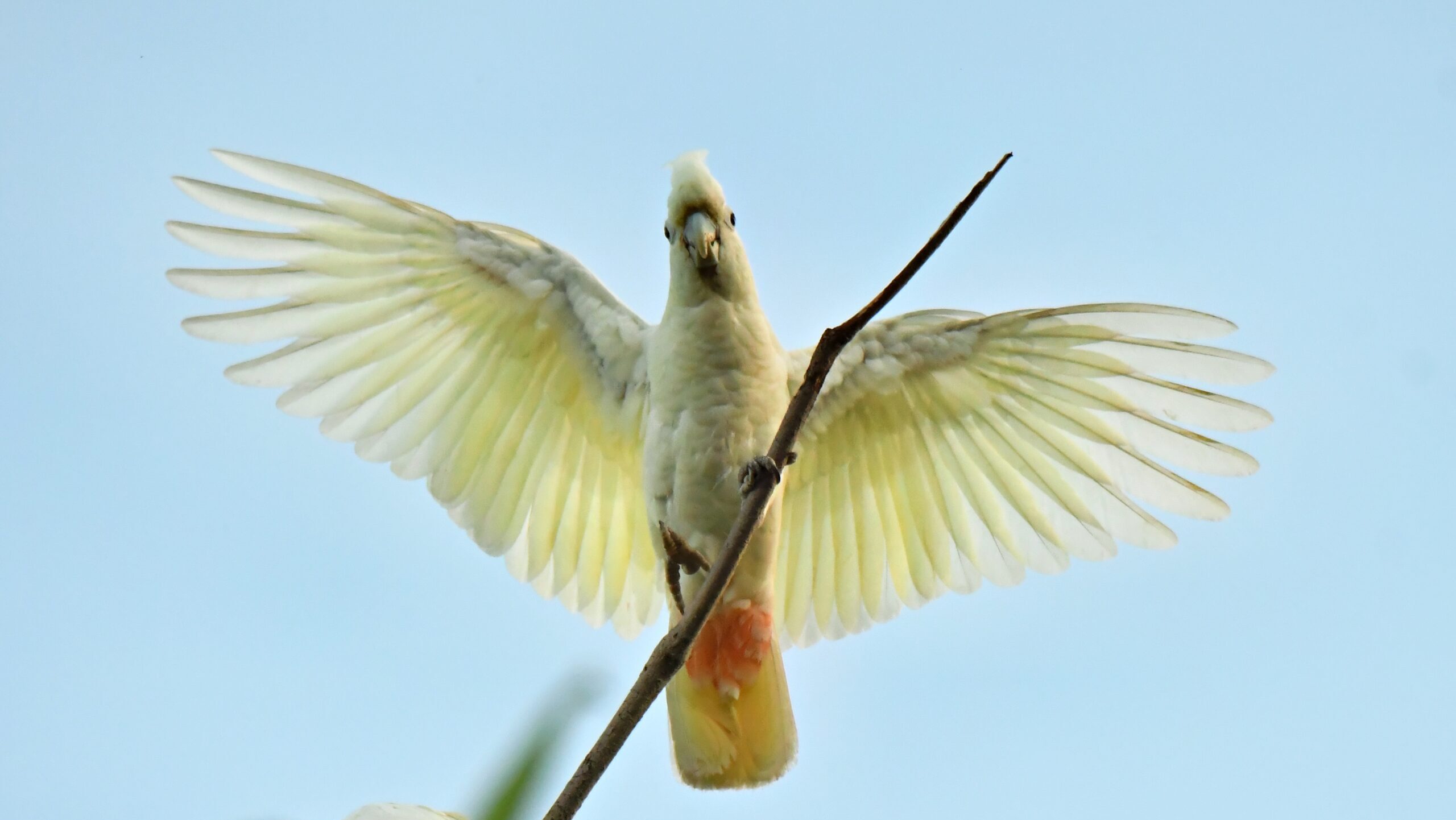
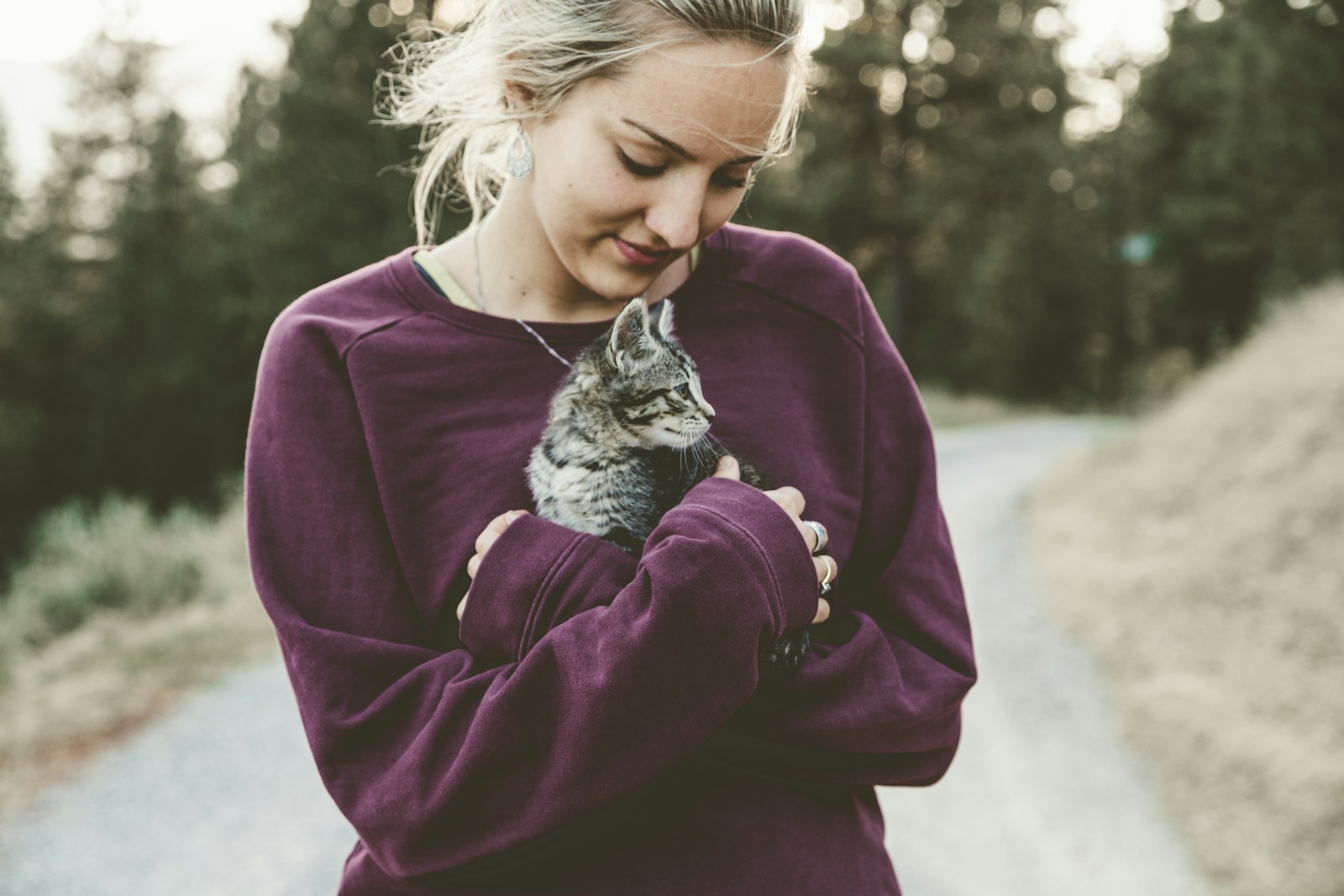


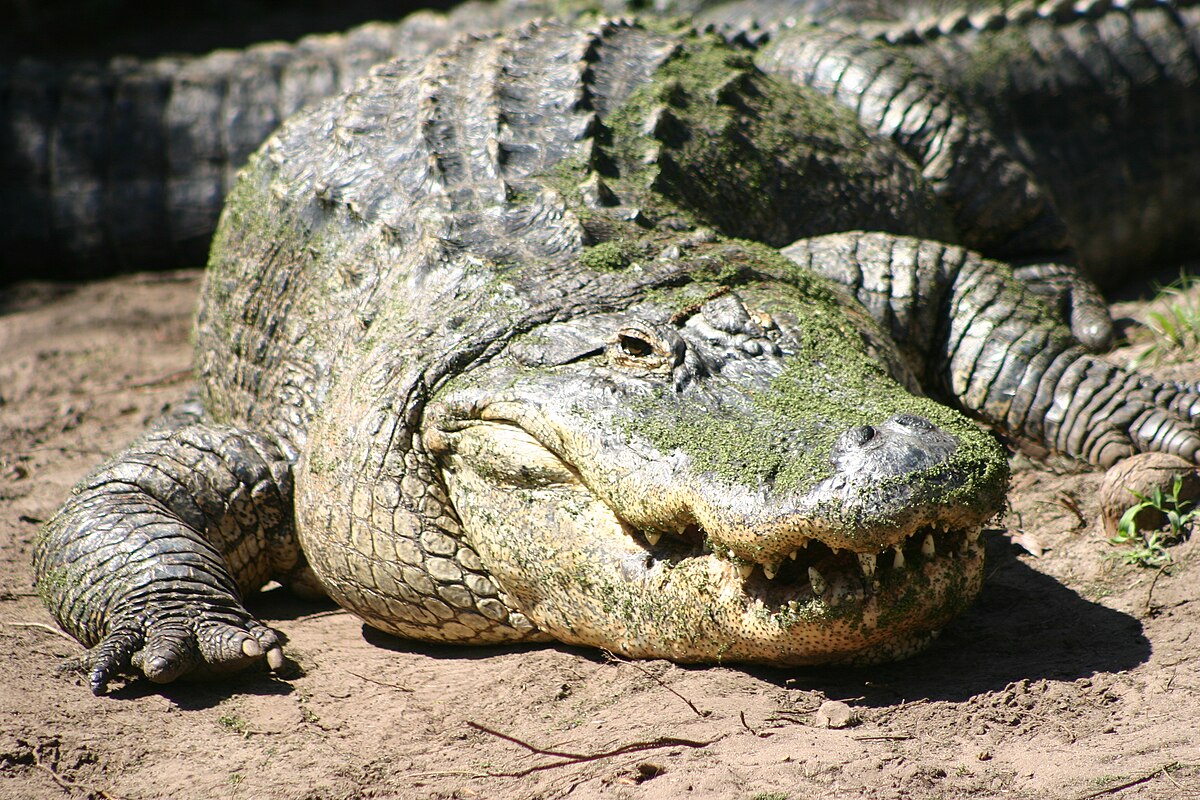
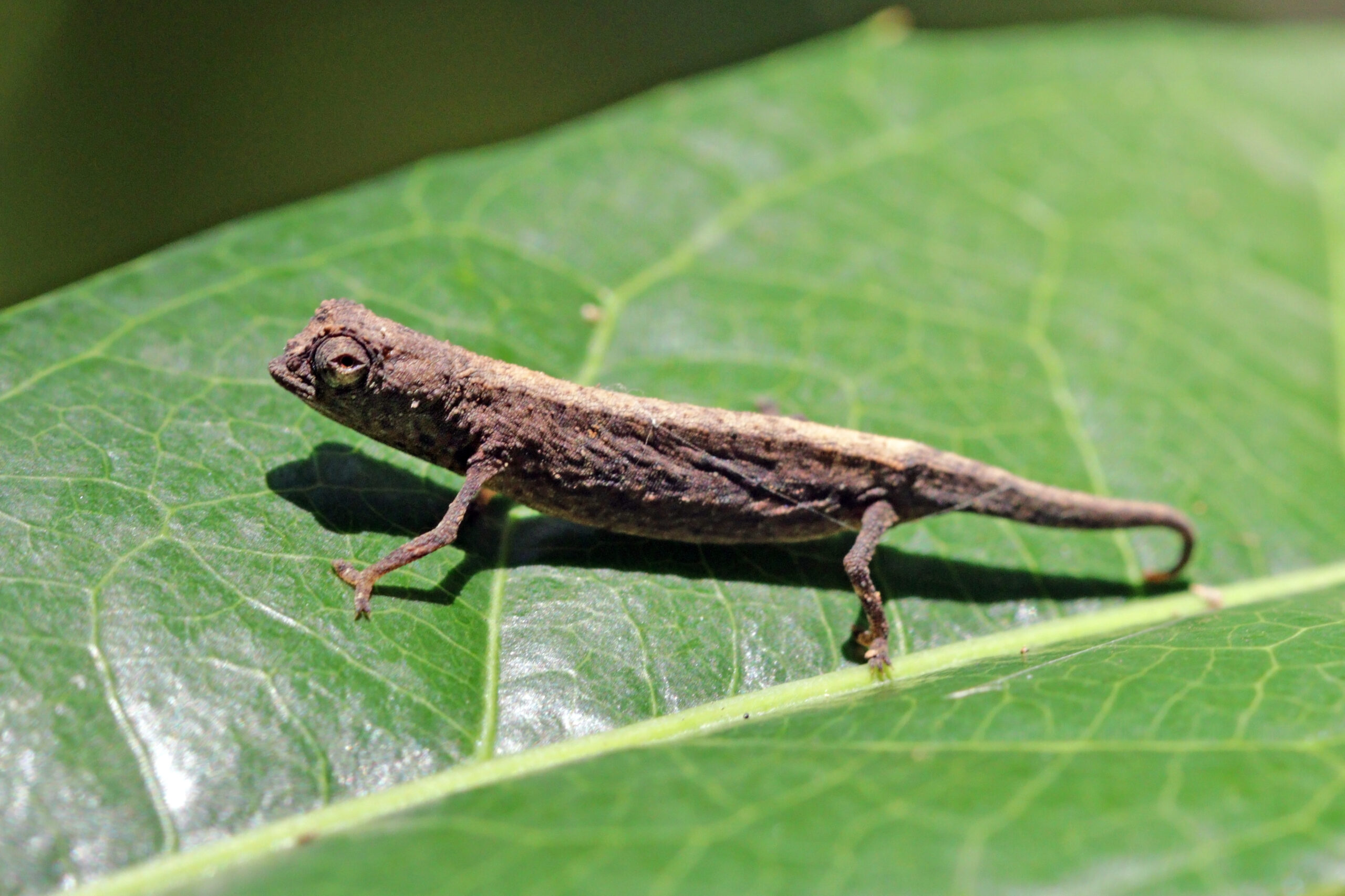
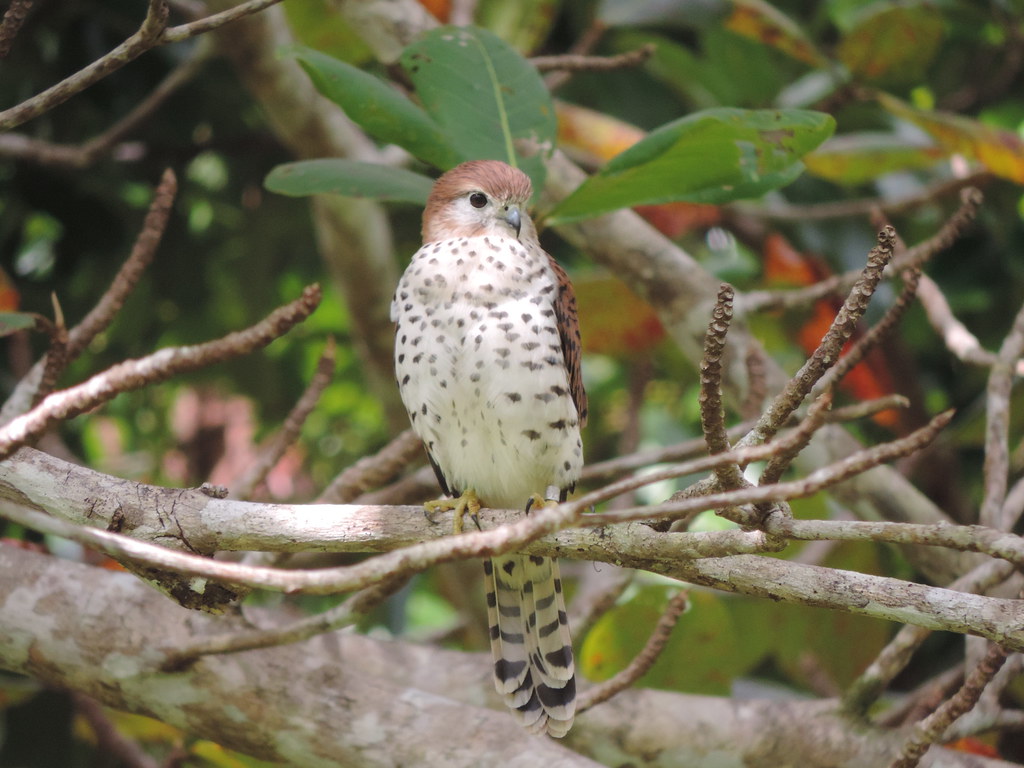




Leave a Reply